MyPC Backup is a Windows backup utility that is typically distributed in a co-bundled offer situation using download managers such as ironSource and others.
When installed MyPC Backup claims that you need to backup your personal files and folder, however if you try to do this, MyPC Backup will state that you need to buy its full version before being able to do so.
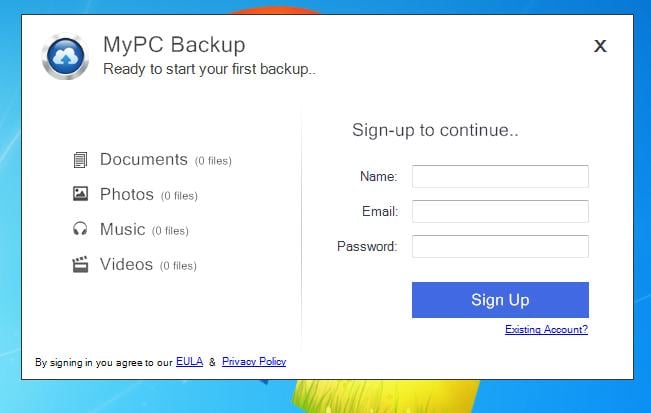
MyPC Backup is a paid online backup program that is typically added when you install another free software (video recording/streaming, download-managers or PDF creators) that had bundled into their installation this program. Very often users have no idea where did it come from, so it’s not surprising at all that most of them assume that MyPC Backup is a virus.
This program is also bundled within the custom installer on many reputable download sites, so if you have downloaded a software from these websites, chances are that MyPC Backup was installed during the software setup process. The software will add an icon to the user’s desktop as well as periodically popup a window to alert the user to run a backup and purchase the software.
![MyPC Backup pop-up [Image: MyPC Backup pop-up virus]](https://malwaretips.com/blogs/wp-content/uploads/2014/03/MyPC-Backup-popup.jpg)
Always opt for the custom installation and deselect anything that is not familiar, especially optional software that you never wanted to download and install in the first place. It goes without saying that you should not install software that you don’t trust.
How to remove MyPC Backup (Uninstall Guide)
Please perform all the steps in the correct order. If you have any questions or doubt at any point, STOP and ask for our assistance.
-
To remove MyPC Backup Ads, follow these steps:
- STEP 1: Uninstall MyPC Backup from Windows
- STEP 2: Scan your computer with Malwarebytes AdwCleaner
- STEP 3: Scan your computer with Malwarebytes Anti-Malware
- STEP 4: Scan your computer with with HitmanPro
STEP 1 : Uninstall MyPC Backup from Windows
In this first step, we will uninstall MyPC Backup from Windows.
- Go to the uninstall menu.
Windows 10 or Windows 8
- To uninstall a program on Windows 10 or Windows 8, right-click on the Windows Start button and choose “Control Panel” from the pop-up menu.

- When the “Control Panel” window opens click on the “Uninstall a program” option under “Programs” category.

Windows 7 or Windows Vista
- If you are using Windows XP, Windows Vista or Windows 7, click the “Start” button, then click on the “Control Panel” menu option.
![Control Panel in Windows Start Menu [Image: Control Panel in Windows Start Menu]](data:image/gif;base64,R0lGODlhAQABAAAAACH5BAEKAAEALAAAAAABAAEAAAICTAEAOw==)
- When the “Control Panel” window opens click on the “Uninstall a program” option under “Programs” category.
![Click on Uninstall a program [Image: Uninstall a program]](data:image/gif;base64,R0lGODlhAQABAAAAACH5BAEKAAEALAAAAAABAAEAAAICTAEAOw==)
- To uninstall a program on Windows 10 or Windows 8, right-click on the Windows Start button and choose “Control Panel” from the pop-up menu.
- When the “Programs and Features” screen is displayed, scroll through the list of currently installed programs and uninstall “MyPC Backup“.
If you are having issues while trying to uninstall the MyPC Backup program, you can use Revo Uninstaller to completely remove this unwanted program from your machine.

STEP 2: Scan your computer with Malwarebytes AdwCleaner
Malwarebytes AdwCleaner is a free utility that will scan your computer for adware programs that may have been installed without your knowledge.
- You can download Malwarebytes AdwCleaner from the below link.
MALWAREBYTES ADWCLEANER DOWNLOAD LINK (This link will start the download of “Malwarebytes AdwCleaner” on your computer) - Before starting Malwarebytes AdwCleaner, close your web browser, then double-click on the Malwarebytes AdwCleaner icon.

If Windows prompts you as to whether or not you wish to run Malwarebytes AdwCleaner, please allow it to run.

- When the Malwarebytes AdwCleaner program will open, click on the “Scan” button as shown below.

Malwarebytes AdwCleaner will now start to search for adware and other malicious programs. - To remove the malicious files that were detected in the previous step, please click on the “Clean” button.

- Malwarebytes AdwCleaner will prompt you to save any open files or documents, as the program will need to reboot the computer to complete the cleaning process. Please do so, and then click on the “OK” button.

When your computer reboots and you are logged in, Malwarebytes AdwCleaner will automatically open a log file that contains the files, registry keys, and programs that were removed from your computer. Please review this log file and then close the notepad window.
STEP 3: Scan your computer with Malwarebytes Anti-Malware
Malwarebytes Anti-Malware is a powerful on-demand scanner which will remove the MyPC Backup from your machine. It is important to note that Malwarebytes Anti-Malware will run alongside antivirus software without conflicts.
- You can download download Malwarebytes Anti-Malware from the below link.
MALWAREBYTES ANTI-MALWARE DOWNLOAD LINK (This link will open a new web page from where you can download “Malwarebytes Anti-Malware”) - Once downloaded, close all programs, then double-click on the icon on your desktop named “mbam-setup” to start the installation of Malwarebytes Anti-Malware.

You may be presented with a User Account Control dialog asking you if you want to run this file. If this happens, you should click “Yes” to continue with the installation.

- When the installation begins, you will see the Malwarebytes Anti-Malware Setup Wizard which will guide you through the installation process.

To install Malwarebytes Anti-Malware on your machine, keep following the prompts by clicking the “Next” button.

- Once installed, Malwarebytes Anti-Malware will automatically start and will update the antivirus database. To start a system scan you can click on the “Scan Now” button.

- Malwarebytes Anti-Malware will now start scanning your computer for the MyPC Backup adware. When Malwarebytes Anti-Malware is scanning it will look like the image below.

- When the scan has completed, you will be presented with a screen showing the malware infections that Malwarebytes Anti-Malware has detected. To remove the malicious programs that Malwarebytes Anti-malware has found, click on the “Remove Selected” button.

- Malwarebytes Anti-Malware will now quarantine all the malicious files and registry keys that it has found. When removing the files, Malwarebytes Anti-Malware may require a reboot in order to remove some of them. If it displays a message stating that it needs to reboot your computer, please allow it to do so.
STEP 4: Scan your computer with HitmanPro
HitmanPro can find and remove malware, adware, bots, and other threats that even the best antivirus suite can oftentimes miss. HitmanPro is designed to run alongside your antivirus suite, firewall, and other security tools.
- You can download HitmanPro from the below link:
HITMANPRO DOWNLOAD LINK (This link will open a new web page from where you can download “HitmanPro”) - Double-click on the file named “HitmanPro.exe” (for 32-bit versions of Windows) or “HitmanPro_x64.exe” (for 64-bit versions of Windows).

Click on the “Next” button, to install HitmanPro on your computer.

- HitmanPro will now begin to scan your computer for malware.

- When it has finished it will display a list of all the malware that the program found as shown in the image below. Click on the “Next” button, to remove malware.

- Click on the “Activate free license” button to begin the free 30 days trial, and remove all the malicious files from your computer.

Your computer should now be free of the MyPC Backup pop-ups. You can remove AdwCleaner from your machine, however we recommend that you keep Malwarebytes Anti-Malware and HitmanPro installed, and perform regular computer scans.If you are still experiencing problems while trying to remove MyPC Backup adware from your machine, please do one of the following:
- Run a system scan with Zemana AntiMalware
- Ask for help in our Malware Removal Assistance forum.

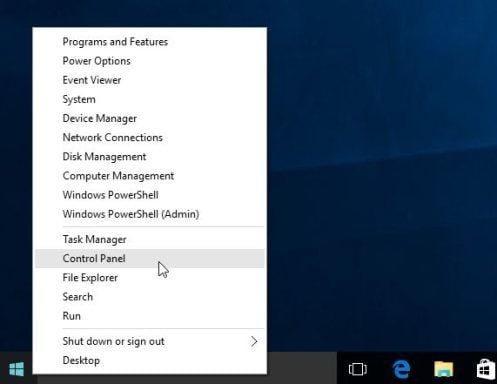

![Control Panel in Windows Start Menu [Image: Control Panel in Windows Start Menu]](https://malwaretips.com/blogs/wp-content/uploads/2014/08/windows-start-menu-control-panel.jpg)
![Click on Uninstall a program [Image: Uninstall a program]](https://malwaretips.com/blogs/wp-content/uploads/2013/03/uninstall-a-program-windows.jpg)

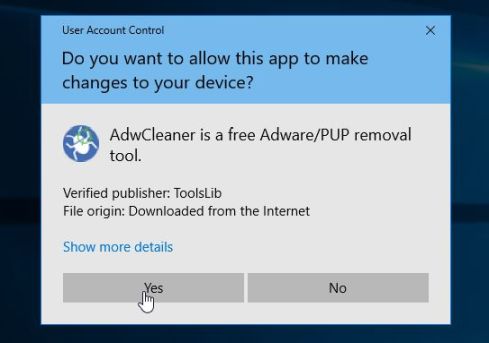
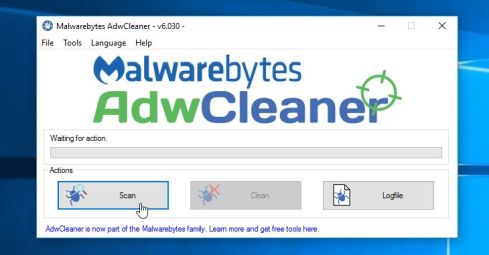
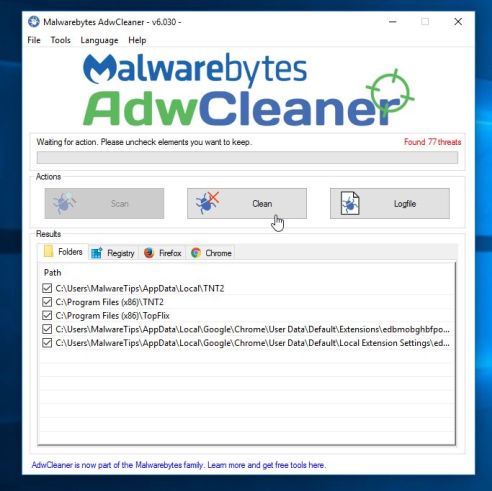


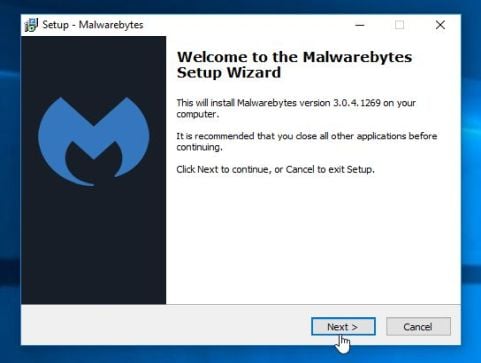


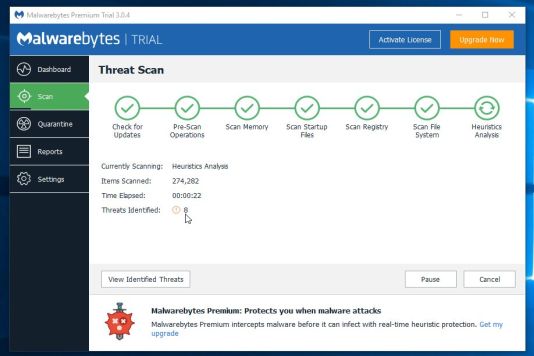
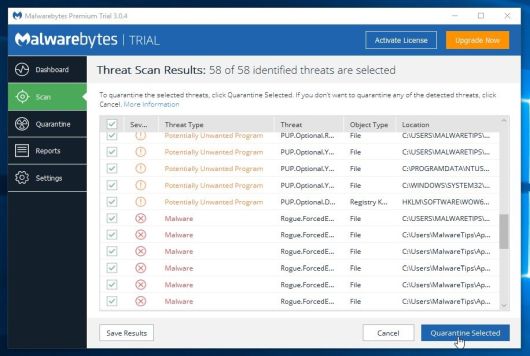
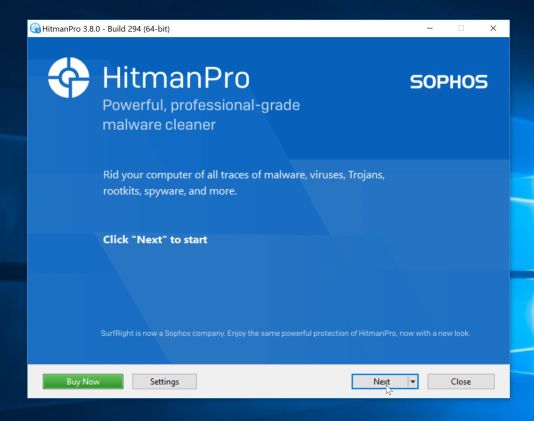

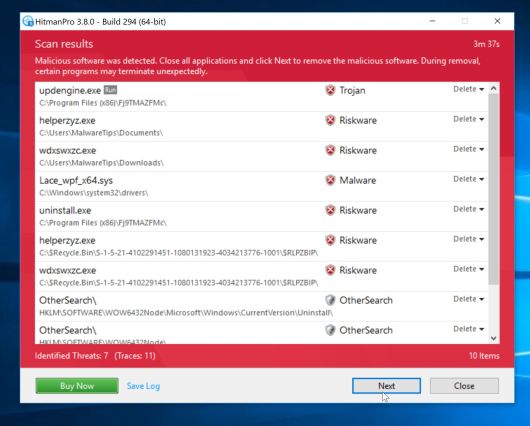











Thank you very much!
It says they think im happy to delete my files and i replied “Ha ha, you are an malware.” if they send a virus email to me.
It’s 100% percent virus and i know to uninstall MyPCDestroyer (MyPCBackup)
Thank you for very helpful website! I´m usually pretty careful about what I install, but this time I wasn´t… MyPC backup is removed now and me and my laptop feel clean and safe again. Thanks!!
Hi, how do I deal with an email from my pic backup about threatening to delete all my important files on my i pad? I’m not very technically able so please make it easy to understand. Thanks
Thankyou so much. I’m a tech-impaired housewife and no other site was as concise as yours!! Now free of annoying popups and corner-of-screen reminders.
Hello, first thank you for this article.
But I have a problem. I tested every software you mention but MyPc Backup always comes back.
Everytime MyPc Backup reappears it is accompanied with another strange software named “vuupc”.
Do you have any idea what I should do ?
ADW cleaner did it for me – thank you, thank you, thank you!!
It worked on my ‘Einstein’ (my laptop’s name). Thank you so much for your guide. :) Maybe I can’t support you now, but I hope God Always Bless You. Keep success! :D
Thank you so much. You’ve just saved my daughter’s laptop!
Stay safe! :)
Thanks mate. Your blog was life saver
Thanks Bro… you saved my wifes laptop… Now to keep our kids off the thing ;-)
Thanks for the help. I’ll be sure to double check the custom installation next time but there wont be.